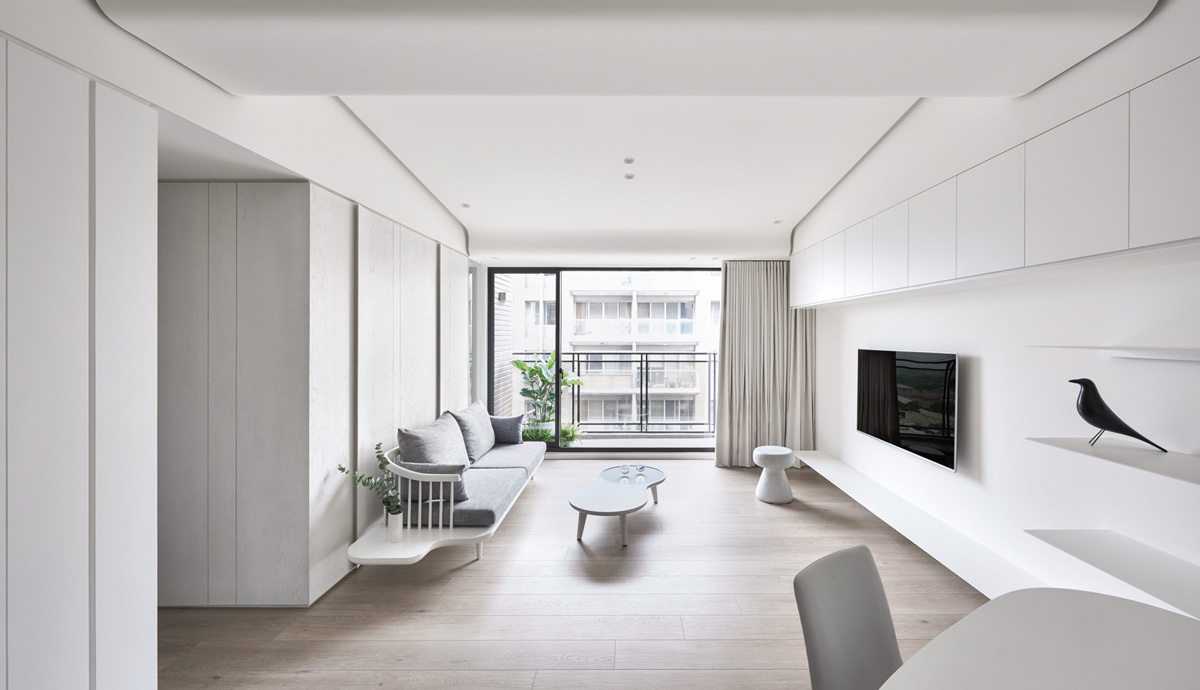
For decades, massive homes dominated suburban fantasies, with families racing to have the most square footage bragging rights on their street. Today’s families face new realities that call into question long-held beliefs regarding housing size and actual living happiness.
The costs of heating, cooling, cleaning, and maintaining large spaces often outweigh benefits of having rooms that sit empty most of the time. When browsing houses for sale in Sage Hill, consider whether bigger truly means better for your family’s specific circumstances and long-term happiness.
1. Hidden Costs of Extra Square Footage
Long-term financial drains are caused by large homes’ expenses, which surpass mortgage payments. Over time, the cost increases as more space is needed for furniture, heating, cooling, and upkeep. Long-term ownership expenses begin with the initial purchase price.
Think about it; heating and cooling a sprawling house is like trying to fill a swimming pool with a garden hose. Your utility bills keep climbing as you’re pumping energy into rooms you barely use. And don’t get me started on maintenance. More bathrooms mean more toilets that’ll inevitably clog at the worst possible moment.
Every surface needs attention, every system needs care, and your weekends disappear into an endless cycle of touch-ups and repairs.
2. Lifestyle Changes That Reduce Space Needs
Modern families utilize their homes differently than earlier generations, rendering certain traditional room functions outdated while increasing demand for flexible areas that serve several uses. Contemporary lives frequently work better in thoughtfully planned smaller areas than in big classical layouts. Family interactions have changed considerably in recent decades.
- Formal dining room reality: Most families eat in kitchens or casual areas, making formal dining rooms expensive storage spaces instead of functional gathering areas.
- Home office evolution: Remote work requires dedicated space, but rarely needs entire rooms when clever design creates functional work areas within multipurpose spaces.
- Entertainment pattern shifts: Large family rooms made sense when families gathered around single televisions, but individual devices reduce demand for massive communal spaces.
- Guest room frequency: Separate guest bedrooms sit empty most of the year while consuming valuable space that could serve daily family needs more effectively.
Contemporary life patterns often work better in efficiently designed smaller homes than sprawling traditional layouts.
3. Environmental and Sustainability Concerns
Here’s the thing that’s got people rethinking the whole “bigger is better” mentality- we’re finally asking ourselves some uncomfortable questions. Like, why am I heating three guest rooms that see visitors twice a year while polar ice caps are melting? Young buyers, especially, are side-eyeing those McMansions, wondering if our kids will look back and ask, “Seriously? You thought a 4,000-square-foot house for two people was a good idea?”
It’s not just about being trendy- it’s about not wanting to explain to future generations why we chose excess over common sense. Larger homes have a proportionally greater environmental effect since they take more energy to run and more materials to create.
4. Flexible Design Versus Fixed Square Footage
Instead of allocating vast areas to a single purpose, smart design uses flexible spaces that adapt to changing needs to generate functional variety within smaller footprints. Families benefit more from multipurpose rooms than from specialized areas that are rarely used. For modern life, adaptability trumps size.
Multipurpose areas are less expensive than single-purpose rooms, which are infrequently used. Better than simply adding more rooms, intelligent design maximizes functionality within a manageable square footage.
Conclusion: Right-Sizing for Modern Life
Today’s smart homeowners are figuring out that happiness doesn’t multiply by square footage. A thoughtfully designed smaller home can feel more spacious than a poorly planned mansion. Plus, when you’re not drowning in mortgage payments and utility bills, you have money left over for the good stuff- travel, hobbies, maybe even a social life.

